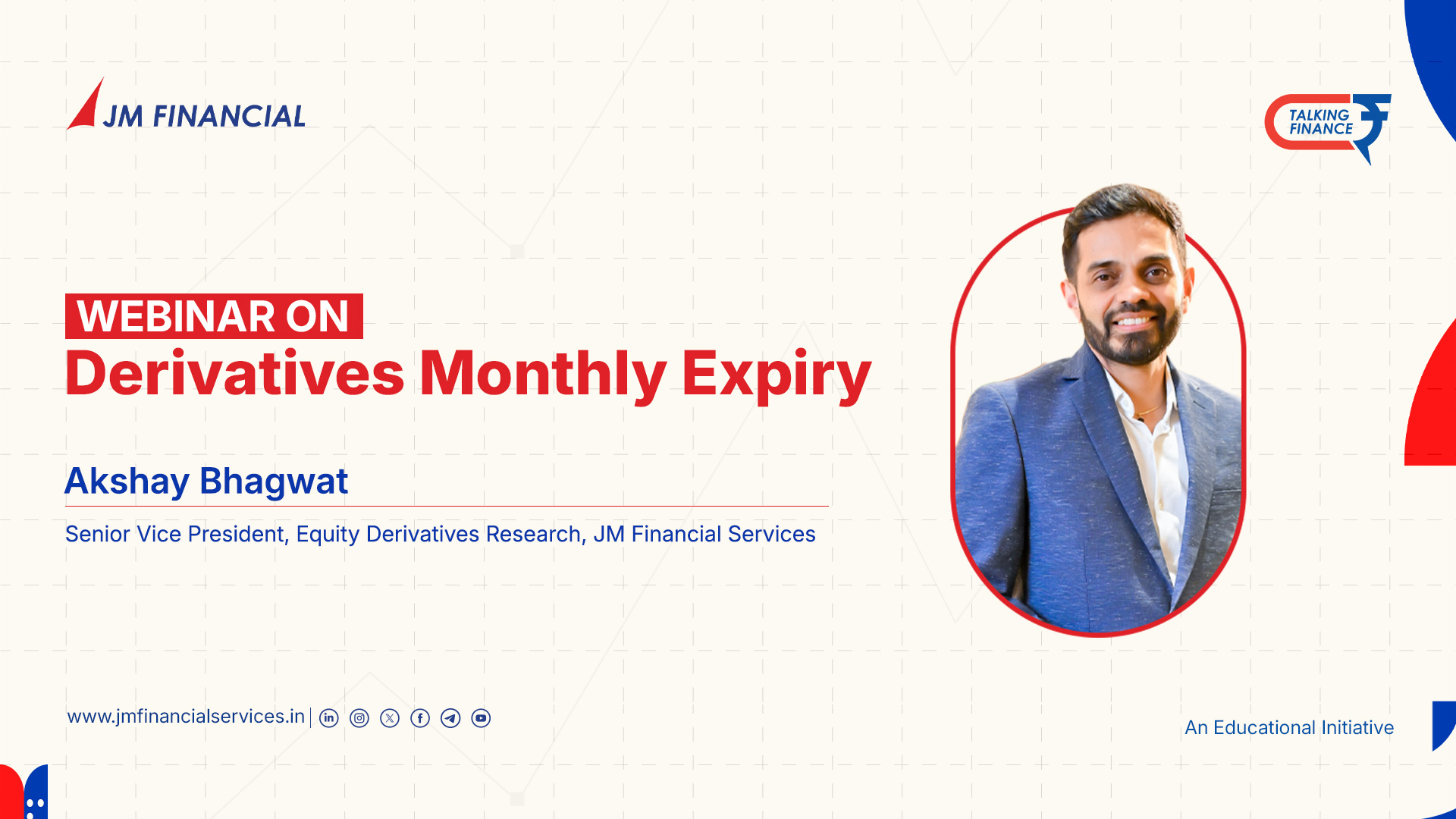What is After hours trading ?
The market just closed, and suddenly your phone buzzes with news—your favourite company crushed its quarterly earnings. But the markets are shut… or are they?
Welcome to the lesser-known world of after-hours trading—where opportunities and risks go hand in hand.
This post breaks down what it’s all about, how it works, and what you should watch out for—with a real-world example to bring it to life. No jargon, just clear talk.
What Is After-Hours Trading?
When we say "after-hours," we’re talking about trading stocks after the normal exchange hours. In India, that’s after 3:30 PM. Most people assume it’s game over by then—but it’s not always the case.
In fact, in many markets (especially the U.S.), trading continues for a few hours after closing time. Even in India, there’s a brief post-market session (from 3:40 PM to 4:00 PM) where institutional players and brokers settle trades or make adjustments based on late-breaking news.
The idea is simple: Just because the clock runs out doesn’t mean the world does too.
How It Actually Works
After-hours trading doesn’t run through the typical stock exchange floor. Instead, it happens on something called an Electronic Communication Network (ECN). Think of it like a matchmaking platform for buyers and sellers, without needing an exchange in the middle.
For Indian traders, this is mostly available for institutions, though some brokers provide post-market order features. In the U.S., platforms like Robinhood or TD Ameritrade allow retail users to trade in the evening.
💡 Why Does It Exist?
Markets close, but news doesn’t.
Quarterly results, global economic updates, oil price movements, or even a tweet from a high-profile CEO can stir the markets. After-hours trading gives people a shot at reacting right then and there, rather than waiting for the next morning.
If a company announces better-than-expected profits at 5 PM, some investors may want to act fast—and that’s where after-hours comes in.
✅ Perks of After-Hours Trading
Let’s not ignore the potential upsides:
1. React Instantly
Whether it’s a sudden rating upgrade, political shift, or earnings beat—you don’t need to wait till tomorrow.
2. Get Ahead of the Crowd
If you’re informed and quick, you can make your move before the rest of the market opens.
3. More Flexible Timing
Not everyone can trade between 9 to 3:30. After-hours trading gives more room to those with day jobs or busy schedules.
⚠️ Risks You Should Be Aware Of
Like most things in investing, convenience often comes with strings attached.
1. Low Liquidity
Fewer people are trading, so it might be hard to buy or sell at your preferred price. You could get stuck.
2. Price Swings Can Be Wild
With low volumes, a single big order can cause a large jump or drop in price. Not ideal if you’re trying to trade calmly.
3. Wider Bid-Ask Spreads
The difference between what buyers want to pay and what sellers want to get can be much higher. You might pay more than you planned.
4. Fewer Order Options
Some brokers restrict the type of trades you can place—no stop-loss, no advanced strategies.
🧪 Real-Life Example: The TCS Effect
Let’s say it’s a Thursday, 4:45 PM. TCS just announced its quarterly numbers, and they’re stellar—10% higher profits, a surprise bonus dividend, and strong future guidance.
Markets are closed.
But if you're a fund manager or have access to the after-market window, you might jump in and grab shares before the buzz spreads the next day. That’s after-hours trading in action.
The price may already start rising in the post-market or show a gap-up the next morning. Those who acted early may benefit—if they read the situation right.
Who Is This For?
After-hours trading isn't everyone’s cup of chai. It’s best suited for:
- Experienced traders who understand market volatility
- Institutions and high-net-worth individuals
- Event-driven investors who like acting fast
- People with access to fast, reliable trading platforms
If you're just starting out in the markets, you might want to stick to regular hours first, and observe how after-hours trends impact next-day prices.
What About in India?
India’s current setup allows:
- Pre-Market Session: 9:00 – 9:15 AM
- Regular Session: 9:15 AM – 3:30 PM
- Post-Market Session: 3:40 PM – 4:00 PM
During the post-market, you can place orders based on the closing price, but there's limited flexibility and no big moves typically happen here—yet. SEBI has hinted at exploring extended hours, but for now, it’s mostly a tool for institutions.
Final Thoughts :-
If you're someone who reads financial news like others read gossip blogs, and you're comfortable with a bit of risk, after-hours trading might be worth exploring.
But if you’re still building your market basics, it’s okay to stay on the sidelines and learn first.
Patience is a powerful investment strategy too.
- PAN Card
- Cancelled Cheque
- Latest 6 month Bank Statement (Only for Derivatives Trading)





